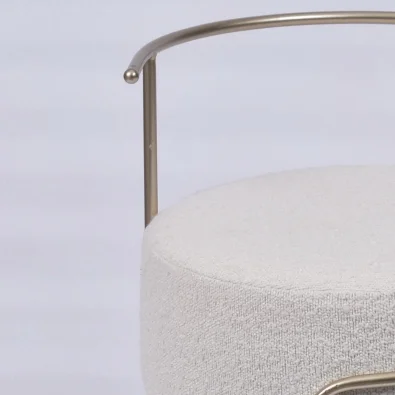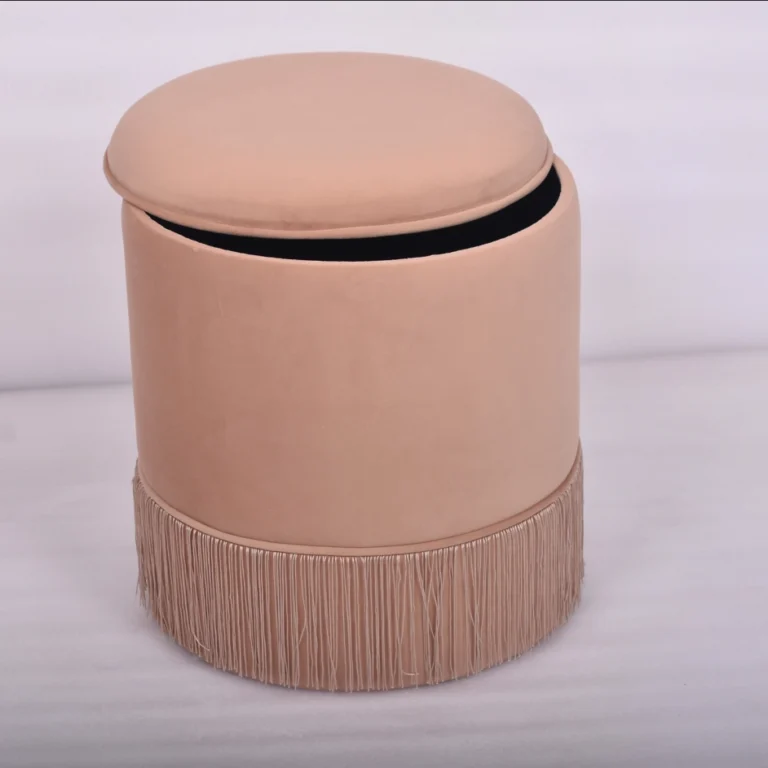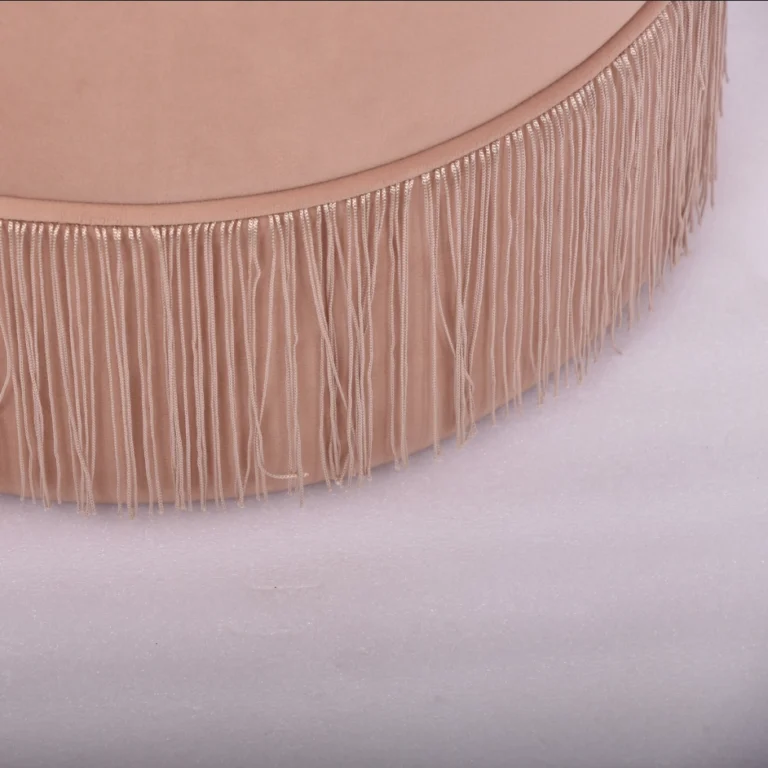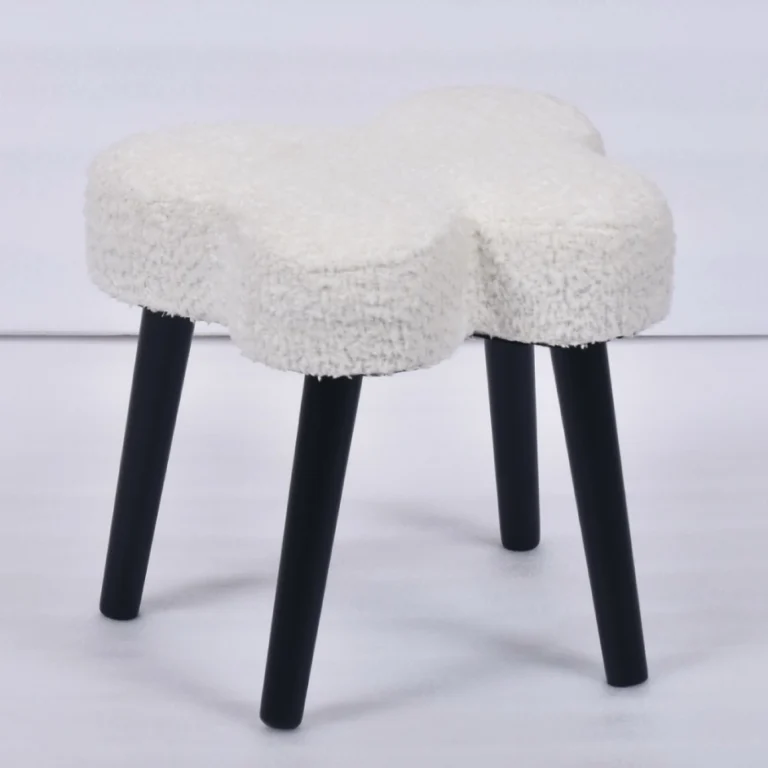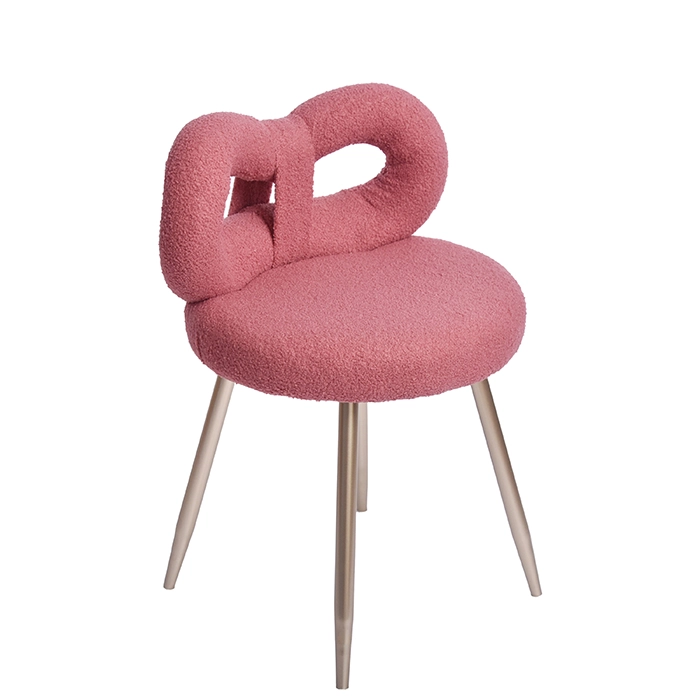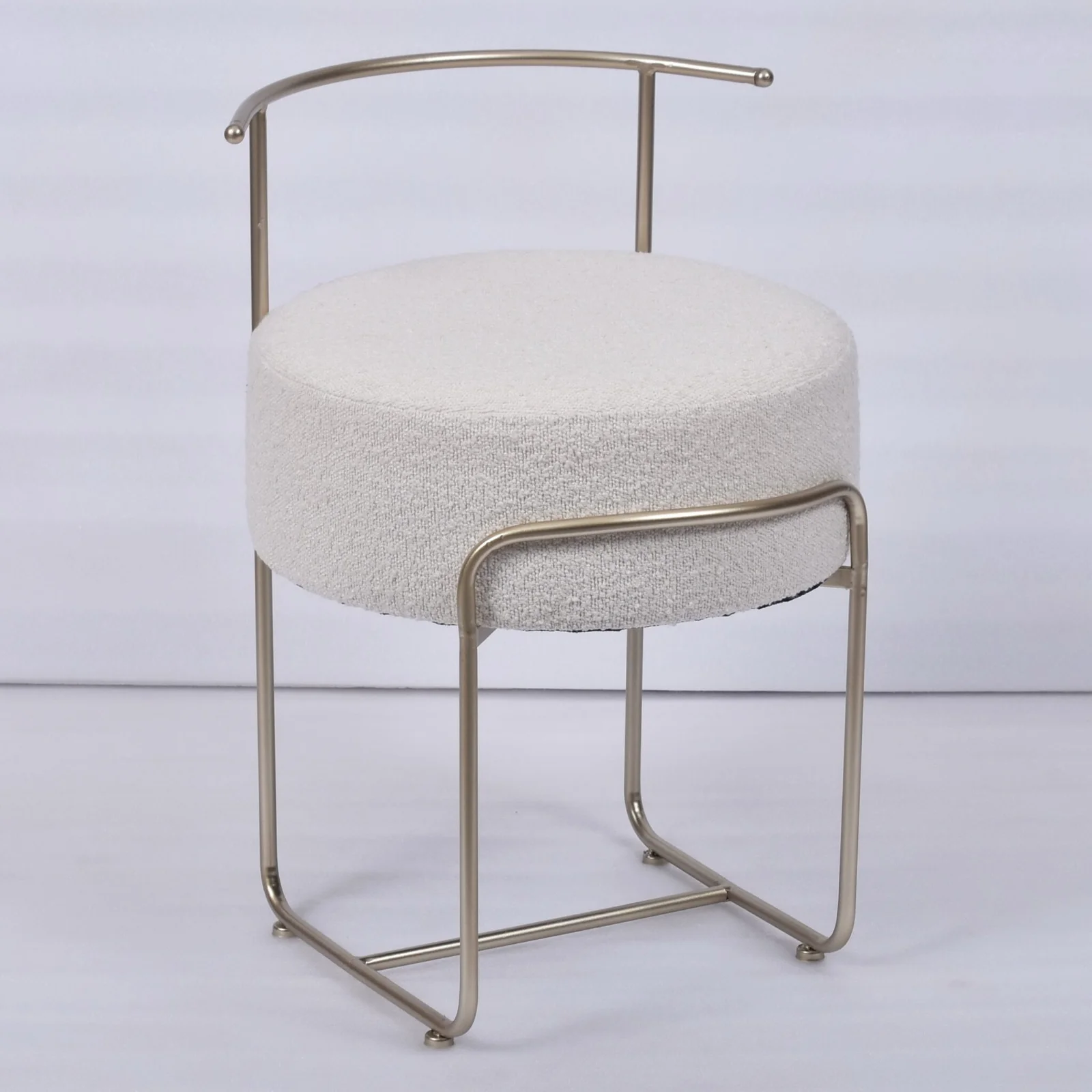modern ottoman cabinet
Imperial Twilight and Modern Rhythm: Teruier Furniture’s Ottoman Cabinet
At the crossroads of East and West, a piece of furniture quietly carries the echoes of history and the breath of modernity—it is called the Ottoman Cabinet. With “Reinterpreting Tradition” as its soul, Teruier Furniture distills the grandeur of the Ottoman Empire into a silent ode to contemporary living.
I. Design: An Aesthetic Dialogue Across Millennia
Teruier’s Ottoman Cabinet is no mere reproduction of history. Its lines draw from the fluid curves of Damascus arches, while the geometric inlays on its surface echo the infinite repetition of Islamic art, like celestial tracks across a desert sky. The brass-clad feet, shaped like the elegant arc of a sheathed scimitar, pay homage to nomadic heritage while infusing modern spaces with a touch of restrained Middle Eastern opulence.
In materiality, North American black walnut wood converses with hand-hammered copper panels—the wood grain meanders like the Nile, while the metal gleam mirrors the molten gold of a Persian Gulf sunset. As Teruier’s Design Director once said, “We refuse to let history become a标本; we let it live in the tangible everyday.”
II. Function: A Contemporary Translation of Nomadic Spirit
Traditionally a vessel for storage, Teruier’s Ottoman Cabinet is reimagined with three souls:
-
Hidden Order: Adjustable partitions inside the cabinet create a sanctuary for scrolls, tea sets, or whiskey glasses, embodying the Eastern philosophy of “reserved exterior, abundant interior.”
-
Fluid Ritual: The detachable top transforms into a low table, paired with velvet cushions to become a tea platform—a nod to the desert nomads’ wisdom of “a universe within the tent.”
-
Vessel of Light: Magnetic stained-glass lanterns embedded at the base cast mosque-like patterns on the floor, filling night spaces with the warm fragrance of a Damascus rose garden.
III. Setting: A Poetics of Timeless Dwelling
Teruier’s Ottoman Cabinet defies singular definition:
-
In a Parisian Left Bank apartment, it stands by the window, walnut and brass whispering under dawn light, silently conversing with the steel shadow of the Eiffel Tower.
-
In a Dubai Palm Villa, its lanterns glow at dusk, as if bottling the stars of an Arabian night, weaving ocean waves and woody amber into a lullaby.
-
In a Kyoto machiya tearoom, its low-table mode unfurls Persian motifs alongside Zen minimalism—a match as seamless as a millennium of cultural exchange along the Silk Road.
IV. Teruier’s Ambition: Furniture as a Messenger of Civilization
The brand’s founder found inspiration in Istanbul’s Topkapi Palace: “The Ottoman Empire connected continents for six centuries; we connect time through a single piece of furniture.” Every joint in Teruier’s work whispers: true luxury lies not in material excess, but in letting users hear the river of history flow with every opening of the cabinet door.
Epilogue: In Istanbul’s old alleys, artisans still inlay mother-of-pearl by ancient methods. Meanwhile, in Teruier’s Milan studio, laser etchers replicate the same patterns onto black walnut—tradition never fades; it simply humbly moves into our lives.
